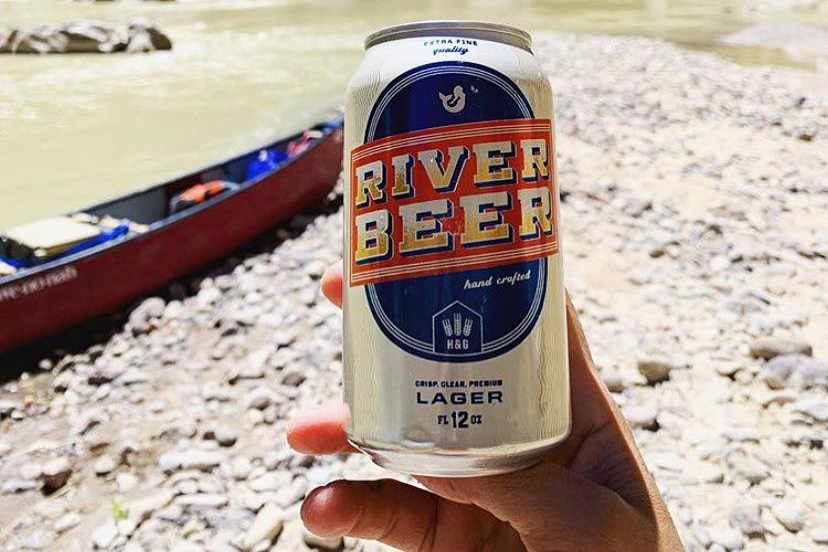
Recently, Austin, Texas-based Hops & Grain Brewing increased its production capabilities by opening a new facility south of its original home in San Marcos, Texas.
The halfway point between Austin and San Antonio has helped the brewery’s founder and president, Josh Hare, to see that just a slight move away from the original headquarters has helped alter the brewery’s portfolio to a new set of consumers.
It’s important that as the Hare and his sales staff go into new markets — like San Antonio and eventually Houston or Dallas/Fort Worth — that they spend the time to understand what customers there looking for.
”When you leave your local market you’re no longer local,” Hare said. “You’re competing ultimately on providing the customer with what they’re asking for. So to better understanding that is something that we really try to invest in with any new markets that we go into.”
San Antonio was just launched very recently and the Hops & Grain team has been spending a ton of time just trying to figure out what makes the market tick and how it differs from Austin.
”We have our product line and we know it sells well in Austin but it’s completely flip-flopped just 100 miles down the road,” Hare said when talking about early sales numbers. “Just trying to better understand that and make sure we have staff on the ground to support all the retail.”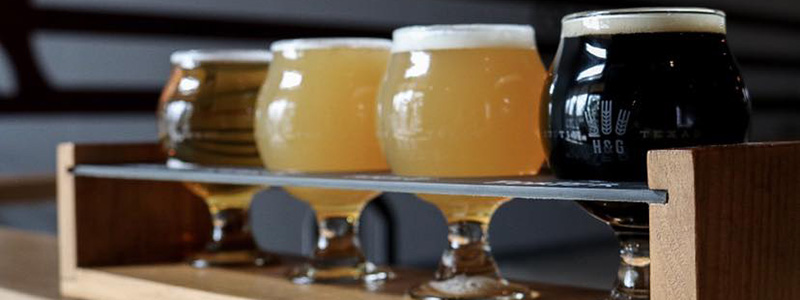
Grocery stores are huge business in Texas for breweries that package.
”There’s a 140 HEBs [a local grocery chain] in San Antonio. It’s a huge huge market to get in there,” Hare said.
Hare said samplings in the store and meeting with all the beer and wine stewards for each HEB has been time consuming. But time worth taking.
”San Antonio has been about a six month investment of time to figure out how many people we need to have to support the market,” Hare said. ”What product lineup works best.”
Since the brewery opened in 2011, it has focused on hop-forward beers and Lagers and that focus is still alive and well.
“It’s the intensity — I think — of both of those has shifted a little bit with the beer drinker,” Hare said. “We try to — not necessarily dictate what we brew — but guide what we brewed based on the direct customer feedback that we got, both from a data/analytics side.
“We’ve always had a point of sale software that enables us to track all of that, even down to tracking seasons and temperature and rain and all that kind of stuff in Austin and see what we can we predict.”
That comes down to knowing how sales are in sunshine versus rain even, Hare can look at that data and get a feel for what to expect in the tasting room so they can staff appropriately.
“I always enjoyed analyzing numbers but the tasting room is fun because you get the very, very tight feedback loop of customers literally sometimes saying they don’t like something at all,” he said. “You remember all that stuff and then you can take all of your staff’s feedback and comments that they’re hearing and look at the actual sales data and make decisions from there.”

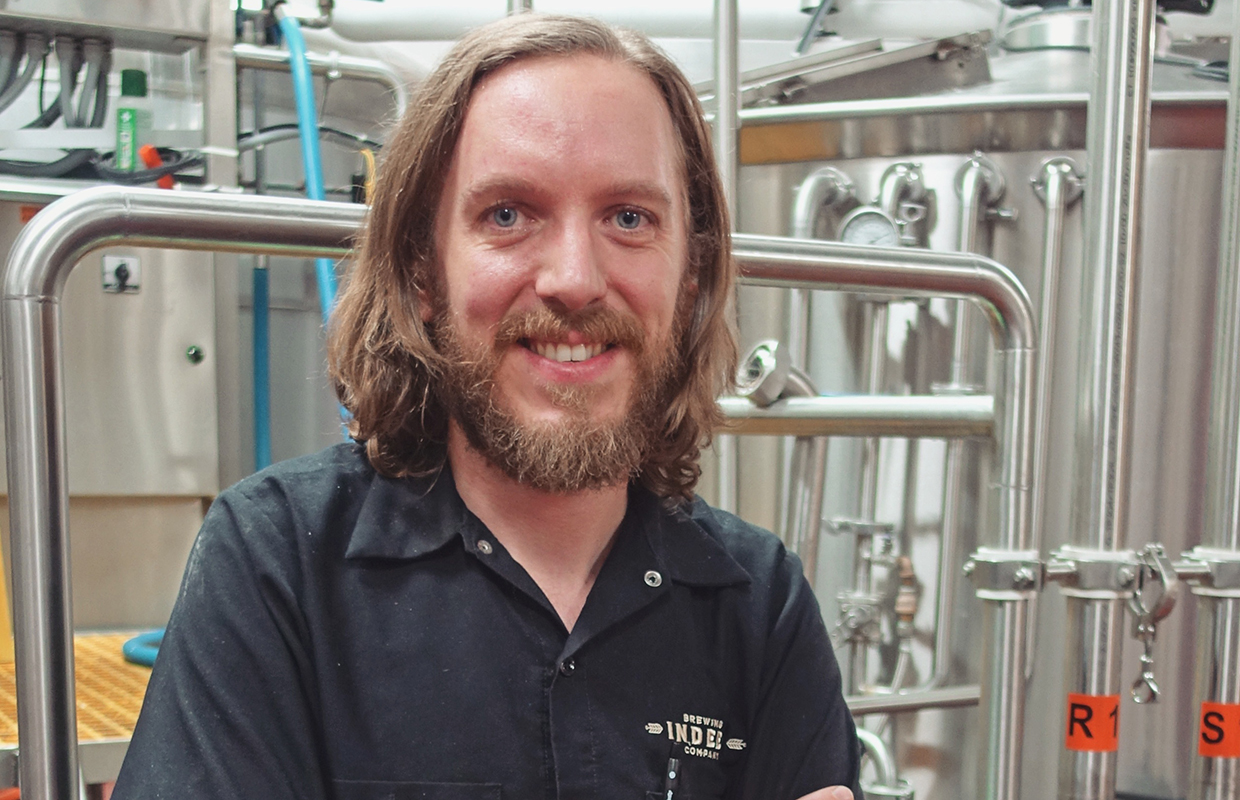
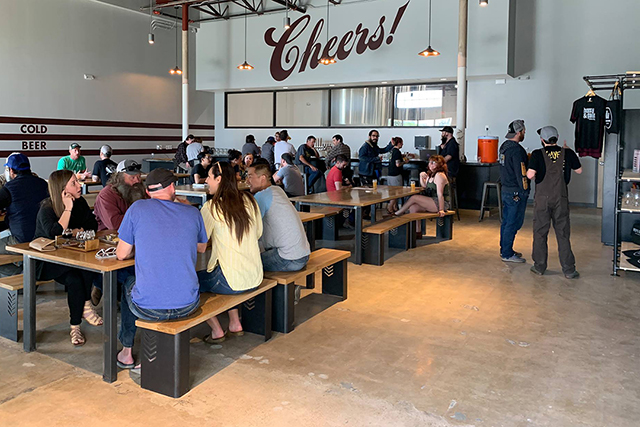
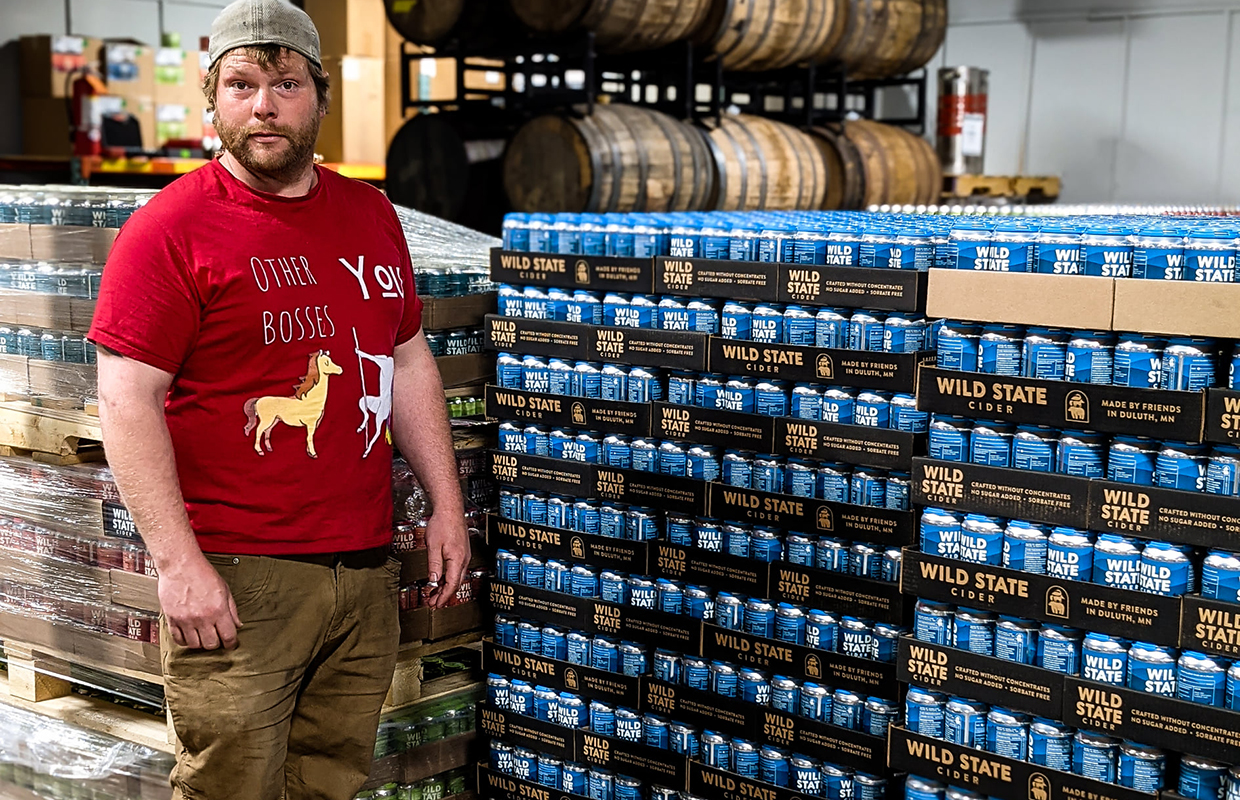
Be the first to comment